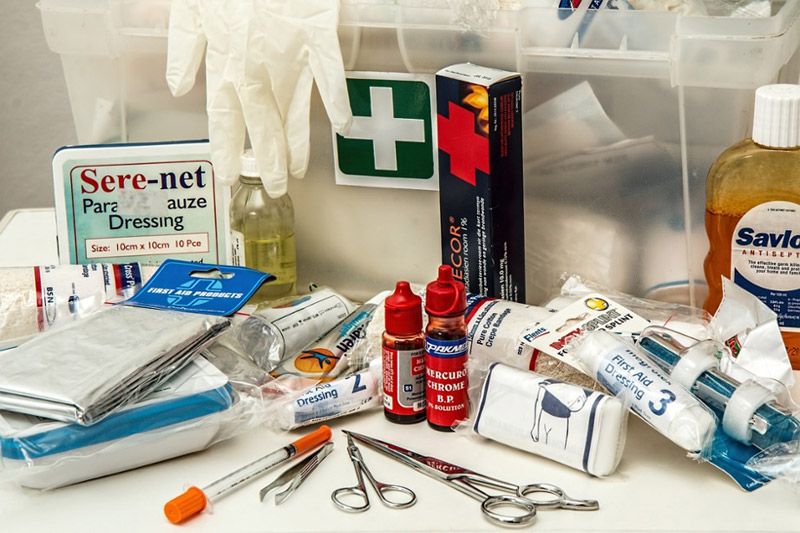This time last year, most safety-related news stories focused on food safety (thanks to Chipotle). Now that enough light has been shed on the issue of food contamination and foodborne illness in the restaurant industry, it’s time to turn our attention to a new safety matter: work-related injuries.
The Costly Nature of Work-Related Injuries
Based on data from the U.S. Bureau of Labor Statistics, work injuries are the next safety frontier restaurant and hospitality operators need to conquer. Here are just some of the startling statistics they uncovered about the Accommodation and Food Services industry in 2015:
- Total reported cases of nonfatal workplace injuries or illnesses: 277,400
- Total cases that resulted in days missed from work: 78,600
- Total cases that resulted in a job transfer or limitation on duties: 41,900
- Average days missed due to contact with objects: 30.5
- Average days missed due to falls, slips, or trips: 27.1
- Average days missed due to over-exertion: 6.7
- Average days missed due to exposure to harmful substances: 11.1
- Average days missed due to fires: .1
Although the statistics presented by the BLS show that the hospitality industry is less prone to work-related injuries and illnesses than some higher-risk occupations, the numbers above shouldn’t be taken with a grain of salt.
Talk with any HR or operations manager who’s ever had to deal with workplace injuries and they’ll tell you how expensive they can become. Much like when your restaurant suffers from high turnover, you’re looking at both direct and indirect costs here. Money spent on:
- Administering first aid.
- Worker’s comp payouts and premiums.
- Overtime coverage while the employee recuperates.
- Accident investigations, reporting, and future mitigation work.
- Hiring a new employee (if the injury was serious enough).
- Re-training of staff.
- And more.
If you’re running a business—either within the hospitality industry or outside it—securing your workplace should be a primary concern. If you take measures to protect customers from accidents and other injuries or illnesses stemming from your business, you need to do the same for your employees.
The Important Role First Aid Plays in All This

This is how the Occupational Safety and Health Administration (OSHA) defines first aid:
“First aid refers to medical attention that is usually administered immediately after the injury occurs and at the location where it occurred. It often consists of a one-time, short-term treatment and requires little technology or training to administer.”
While more serious health crises need to be attended to by medical professionals in a health care setting, there are ways—one-time and short-term, per OSHA’s standards—whereby members of your staff can address work-related injuries on-site.
When it comes to working in hospitality, let’s face it: injuries are going to happen. Someone’s stuck in the weeds and stops paying attention to their surroundings. An employee tries to eat too quickly before returning to work and starts choking. Poorly-maintained kitchen equipment leads to unnecessary cuts or burns. And so on.
If something happens to one of your employees on the job, are you prepared to handle it?
Your Next Business Milestone: Establish a Workplace First Aid Program
If you don’t already have a plan or preparations in place for administering first aid in the case of a work-related injury, you’re in luck. We’ve got just what you need.
Every employee is entitled to work in a safe environment. In order to provide that safe workplace, you’ll need to establish a first aid program. This includes establishing the proper safety and first aid documentation, a rigorous staff training program, as well as well-stocked first aid supplies.
If you’re not sure where to start or you’re having a hard time staying on top of maintaining your current program, download our “First Aid for the Win!” checklist now.


